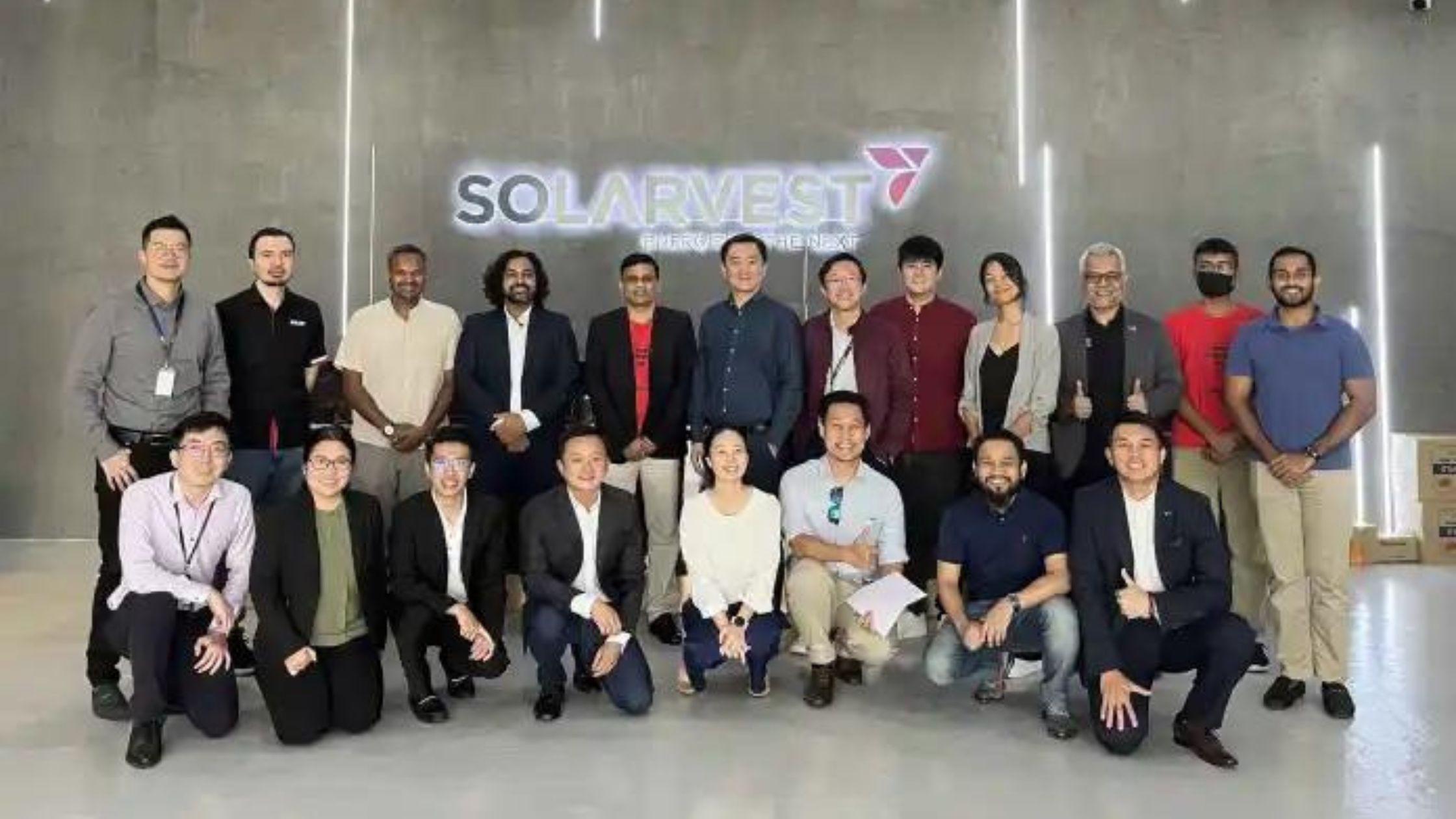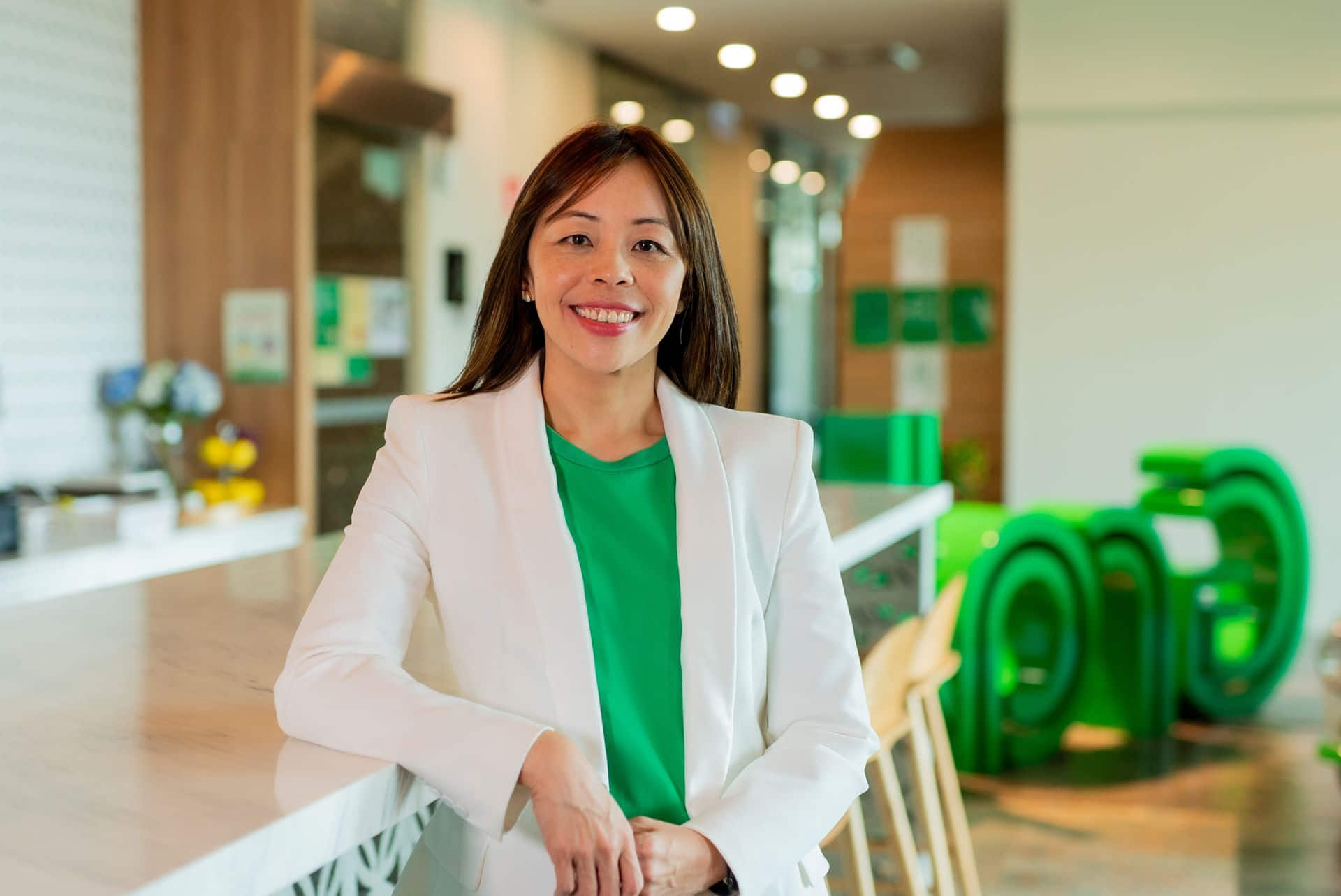AsiaTechDaily – Asia's Leading Tech and Startup Media Platform

HuMab: Genome Engineering For Well-Being Of Humankind
HuMab, a leading Genome Engineering company based out of South Korea, was founded in the year 2018. The company develops SynTheseTM, a transgenic antibody platform, by leveraging its cutting edge genome engineering technology. SynTheseTM is revolutionary and powerful and can produce human monoclonal antibodies. HuMab strives to lead the development of new antibody drugs in association with the leading global pharmaceutical players in the market. HuMab wants to contribute to the promotion of human health and well-being through genome engineering technology. They strive to innovate biotechnology that can contribute to human health and well-being and produce new drugs based on that innovation.
Read on to know more about the company, its offerings, strategic plans, and the roadmap to becoming the next global pharmaceutical powerhouse.
The company operates a business model, under which it generates income by licensing-out its original antibody platform technology to global pharmaceutical players and jointly developing new antibody drugs. License-out income includes
- Upfront Fee, which is provided upon the conclusion of a licensing agreement
- Milestone Fee that is payable in accordance with the progress of each clinical trial phases
- Running royalty, which is sharing a part of product sales revenue once the drug is released in the market
Antibody drugs are referred to as synthetically producing monoclonal antibodies that invigorate the human immune system by attaching themselves to target antigens related to the physiological mechanism of a specific disease. They are therapeutic medicines approved by the relevant authority after completing clinical trials. The two most representative platform technologies for discovering and producing fully humanized antibody drug candidates today are i) Phage Display and ii) Transgenic Mouse. HuMab, among the two, conjugates the Transgenic Mouse platform to explore and develop new antibody-drug candidate substances.
HuMab’s vision is to utilize the intellectual property rights of SynThese™ , its exclusive Transgenic Mouse platform technology, to establish strategic alliances with global pharmaceuticals for successfully developing anti-cancer drugs or new antibody drugs for immunological diseases, and thereby growing into a global biopharma company that focuses on new antibody-drug area.
HuMab pursues a growth strategy that consists of the following three phases.
| Phase | Product | BM (Vision) | Plan B |
| Phase 1 | SynThese™ | License-out | M&A (Sell-out) |
| Phase 2 | Best-in-class | Joint Development | Licensing, M&A |
| Phase 3 | First-in-class | Global Pharmaceuticals | Joint Development, M&A |
About HuMab’s CEO
In 2000, Dr. Oh, CEO of HuMab received his Ph.D. in molecular genetics and genomics from the University of Goettingen, Germany.
Over the next 15 years, he gained extensive experience in R&D and business development in various biotechnology fields as a director of Macrogen and Green Cross Pharmaceuticals and as CEO of ToolGen and ForHumanTech.
In 2018, Dr. Oh founded his second startup, HuMab.
At HuMab, Dr. Oh is committed to developing and commercializing the Transgenic Mouse Platform (SynTheseTM), one of the biggest market potential in the rapidly growing genome engineering field with the newly developed CRISPR technology.
Cutting-Edge Technology Stack Leveraged By HuMab
The latest technologies used by HuMab are:
- Antibody Platform Technology: This technology produces fully humanized antibodies from human genes instead of humanizing the animal-based antibody
- Fully Humanized Antibody Technology: The representative platform technology for producing fully humanized antibody is Phage Display and Transgenic Mouse. Phage display, in other words, is a technology that allows humans to artificially produce the actual antibody created through the natural immune system against a target antigen in a human body. A transgenic mouse is a lab mouse that is created by using gene recombination technology to deactivate the mouse antibody genes and to insert human antibody genes instead.
- AICE Technology: AICE is the acronym for Artificial Interspecies Chromosome exchange that induces chromosome level replacement by recombination enzyme. After getting inserted at both ends, it generates a human cell to microcell and fuse with mouse cells. Thus finally, it encourages one-to-one replacement between human and mouse chromosome
Innovative Product Offerings
HuMab plans to develop four new antibody drugs (Phase 2) in the field of cancer immunotherapy and immune disorder treatments, using its new transgenic mouse platform (SynThese™) [Graph 6]. The four target treatment areas are those that have at least 1 antibody-drug been developed and marketed, which means that the clinical effectiveness to at least one indication related to the target antigen mechanism has been verified.
The 2 anti-cancer treatment HuMab is targeting are cancer immunotherapies, which are emerging as a new paradigm of cancer treatment. Cancer immunotherapies cause significantly lower adverse reactions compared to 1st-generation chemotherapy and 2nd-generation target therapy while showing higher treatment effectiveness. It is, therefore, highly likely that this innovative next-generation anti-cancer treatment will expand its market share going forward. Indications of immune disorders HuMab is targeting are atopic dermatitis and inflammatory bowel disease (IBD).
Well-Defined Strategies Growth Strategies
Positioning Best In Class
Under this strategy, the drug test is done for original, and biosimilar drugs. Biosimilar are copies of an innovative new drug, and therefore, they are not protected by patent. Original drugs, however, are protected by an exclusive patent for 20 years, and they are, in general, sold at premium prices based on superior product quality.
Within the same drug target category, a drug that was first developed and approved is called first-in-class, while the best quality in efficacy and stability is called best-in-class regardless of the order or market entry. It is the HuMab’s strategy to develop best-in-class antibody-drug products, at the right timing, that are better off than not only the first-in-class products but also other latecomer competitors in terms of treatment efficacy and stability
Strategic Alliance
Under this strategy, HuMab aims to network with global pharmaceutical companies under which parties engage in a joint development process. The production and sales are exclusively performed by the pharmaceutical company. With such a structure, HuMab will be able to address the capital and resource issues it has as a biotech startup and successfully win the development competition.
HuMab will focus on the discovery of antibody-drug candidates and will develop the process to the preclinical trial stage, after which the multinational pharmaceutical company will kick in to jointly lead on the clinical trials that require a massive amount of investment based on its R&D investment capacity and clinical development knowhow.
It is HuMab’s strategy to conclude a licensing contract based on its intellectual property rights on the new drug candidate substances and transgenic mouse platform so as to create income through upfront fees, milestone fees, and running royalty.
Roadmap To Growth
Three phases form part of growth. The first phase is to prove the competitiveness of HuMab; the second phase is to prove the economic value, and the third and the final phase is to become a global biopharma
Funding Plans – The Road To Profitability
The first sales revenue will be generated at the 4th year since its foundation, which will be around KRW 2.2 billion, and it will continue to grow to KRW 300 billion levels.
The total cost HuMab needs during the four years from its foundation to the point where it would make its first revenue is KRW 12.1 billion. Since there is no sales revenue generated during this period, the cumulative cost will be recognized as a loss in the capital account. A company needs to fund capital that is above its loss amount in order to operate its business without going into default (100% capital erosion).
HuMab is planning to raise KRW 29.3 billion through four rounds over the first four years of foundation. At 5th year of foundation, it will finally start to make money through contract income and milestone fees of the 3 licensing deals, which will be recognized as sales revenue in the accounting. Based on such a business outcome, HuMab will pursue IPO at its 5th year of foundation in order to get funding for HM4 project and other future drug development projects.
HuMab has a well-defined vision as far as its strategy, market offerings, organizational structure, funding plans, and the road to profitability are concerned. Keep an eye as this innovative startup is on its journey to becoming the next global pharmaceutical major.





